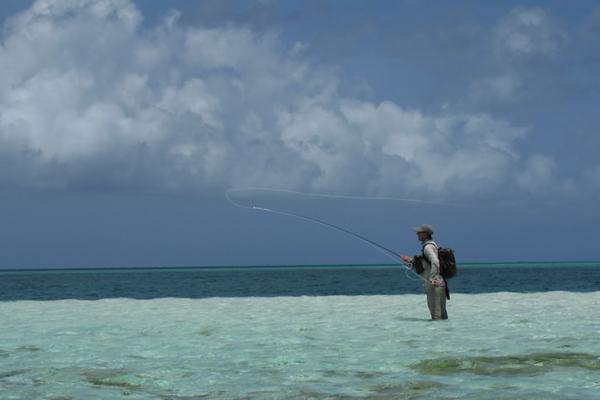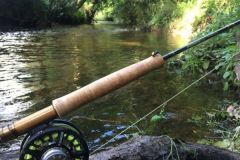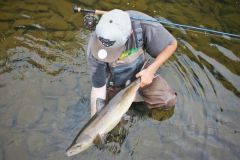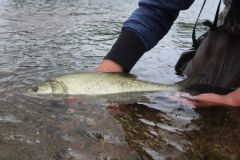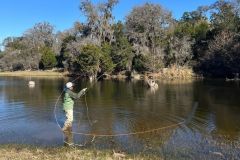Consolidating the basics
Once you've mastered the basic casts (straight cast) as well as some very practical casts for fishing small rivers and/or places with little clearance, such as the rolled cast and the backhand (video also on this You Tube channel), you need to continue consolidating what you've learned.
Throwing a silk takes practice, and there's nothing like going to the water's edge a lot or working on your lawn throws to practice better throwing and acquire fluidity.
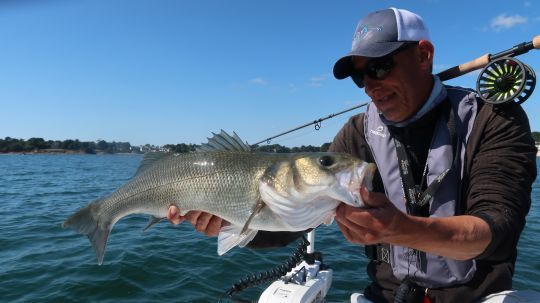
Single and double traction
To increase distance, once you've mastered blocking and timing, you can add line pulls to load the rod and make it work harder, and increase line speed.
The first step is to start with a simple pull, which already saves several metres of distance. Coordinate the upward movement of the hand that will be pulling on the final shot. This gesture can be acquired quite quickly, as explained in the video, and will prove invaluable.
The double pull is even more powerful, with twice as much action on the rod and acceleration of the line at the front and back, but often requires much more coordination and ease to achieve correctly. There's no secret to it: training and practice are needed to make these movements fluid and efficient. The gain in distance and speed is highly appreciable for all the above-mentioned types of fishing, but also in windy conditions.
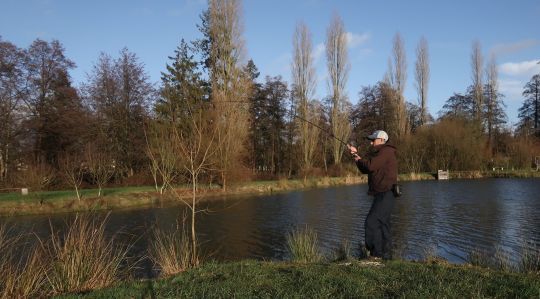
Back-hand cast
When the wind is in the wrong direction and prevents the angler from casting on his correct side (right-handed for right-handed anglers), whether from the shore or from a boat, it's very useful to be able to cast with a back cast. Once again, this technique requires practice, but it's very useful and allows you to cast in any situation, be it lake, reservoir, sea or exotic.
There are a few rules to follow if you want to have a high-performance back cast that will enable you to counter the wind, and cast far when the wind is on your casting shoulder.
As you can see, casting farther and faster takes time and requires you to validate your basic skills (progressive acceleration, blocking and timing) before perfecting your technique and achieving high performance in all situations and conditions.
This video should enable you to move forward in your development.
Feel free to ask questions or post a comment below the video, to which I'll be happy to reply.
Enjoy your viewing.
